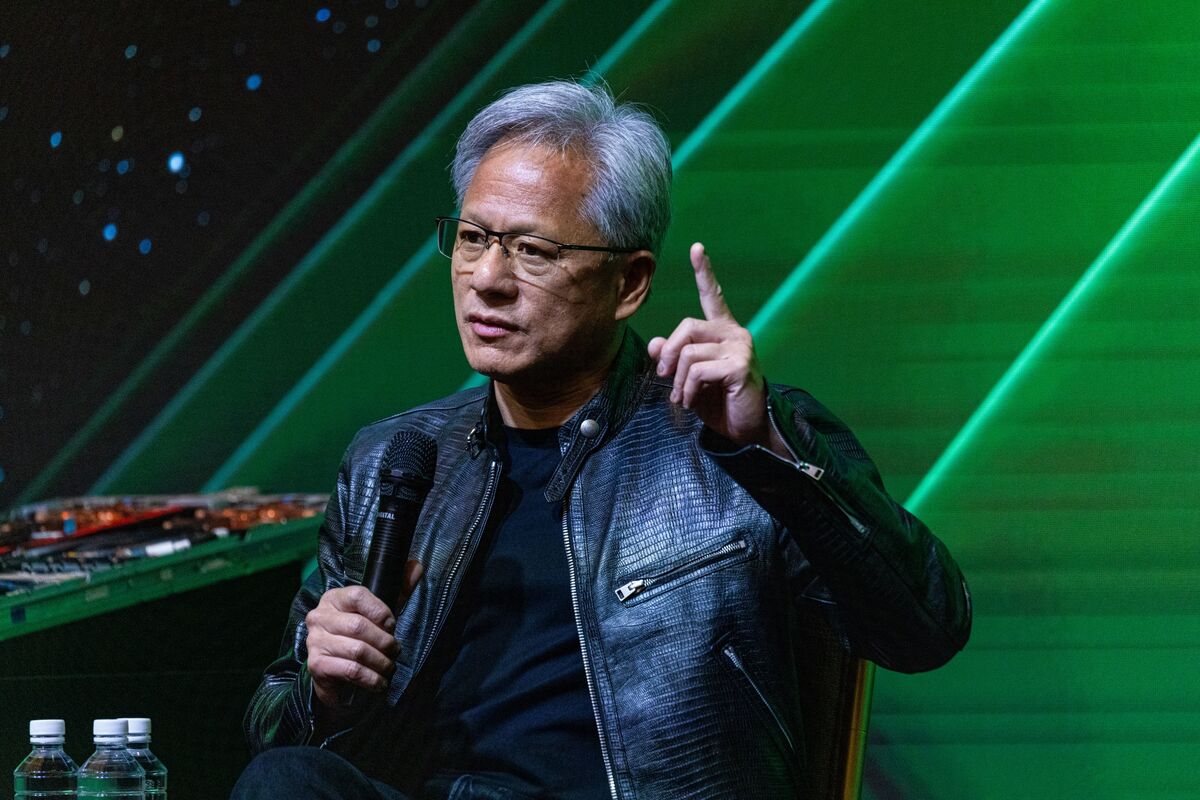Training convolutional neural networks with the Forward–Forward Algorithm
NeutralArtificial Intelligence
This article discusses the training of convolutional neural networks using the Forward-Forward Algorithm, exploring its methodologies and potential applications in machine learning.
— Curated by the World Pulse Now AI Editorial System


